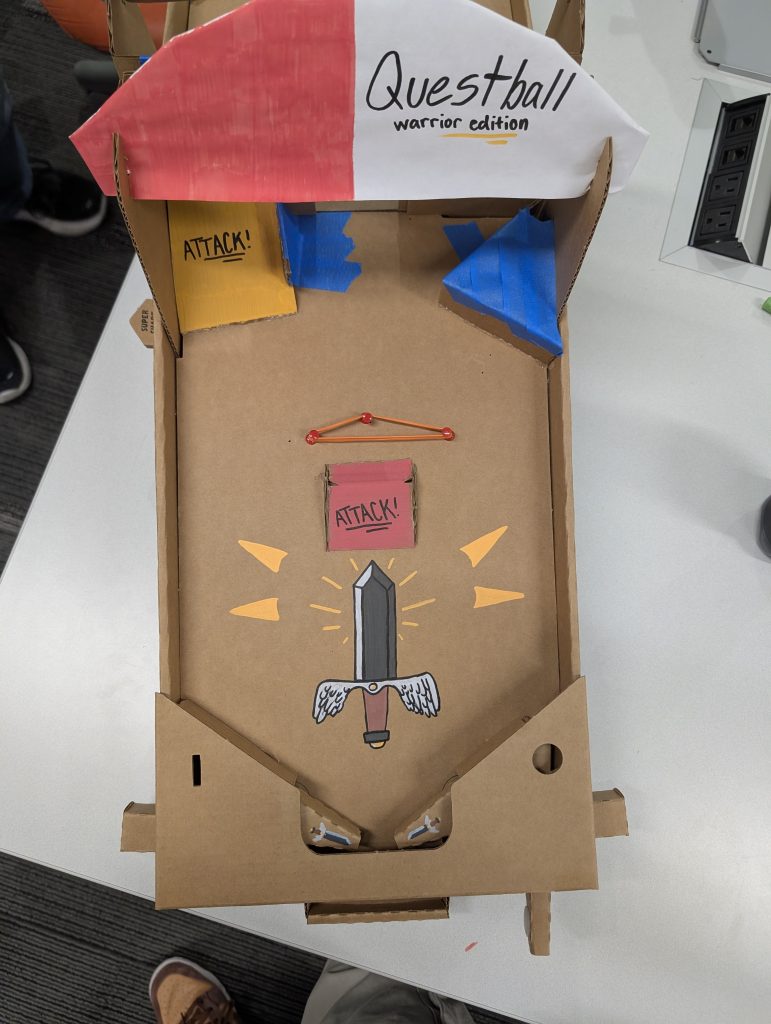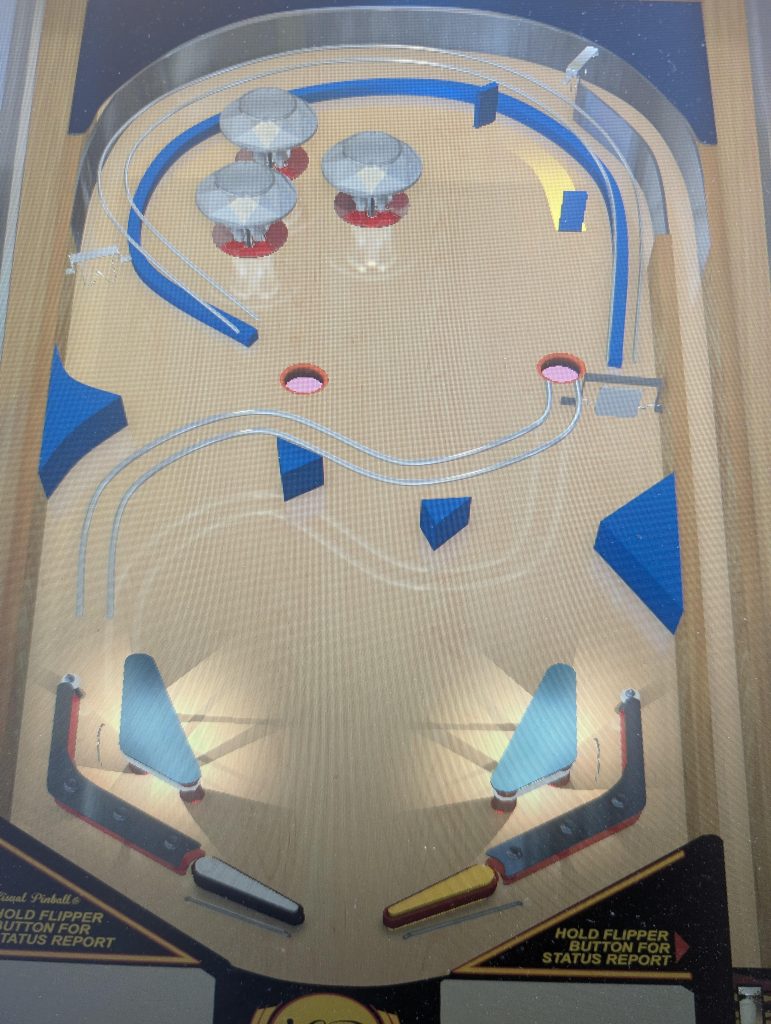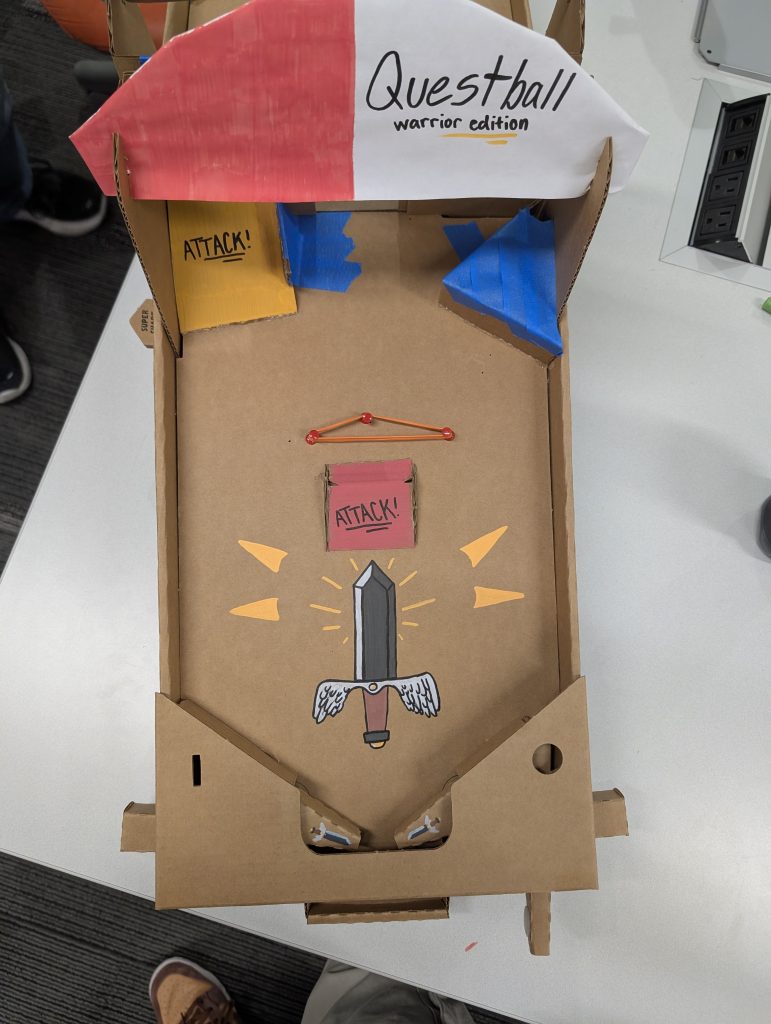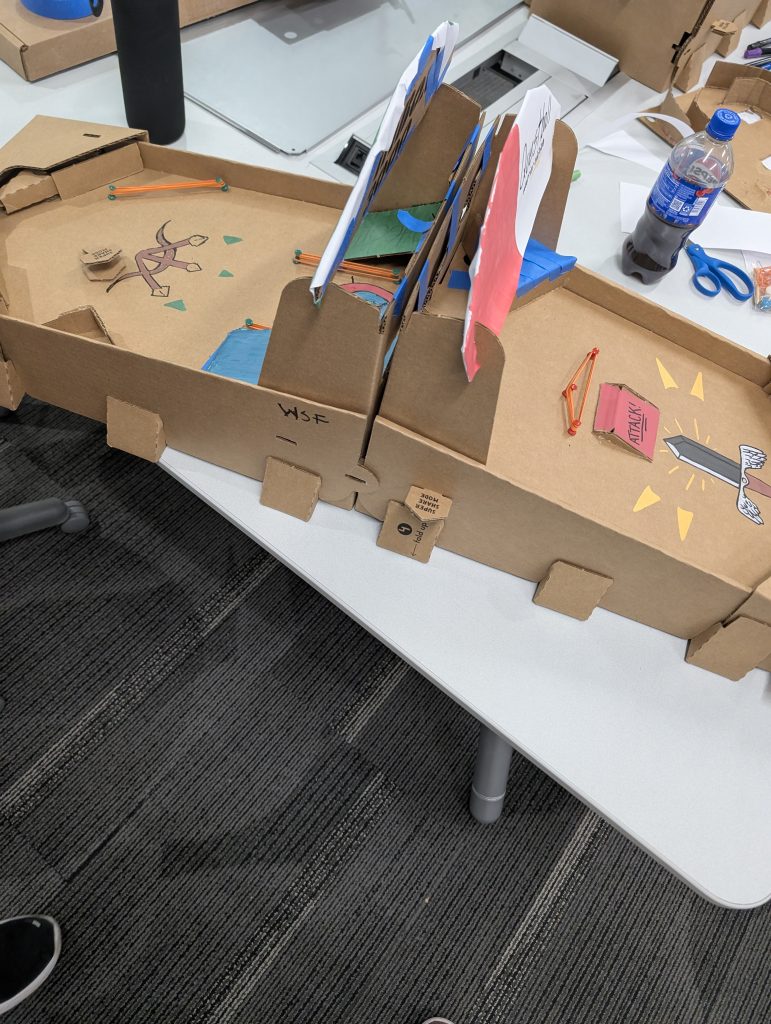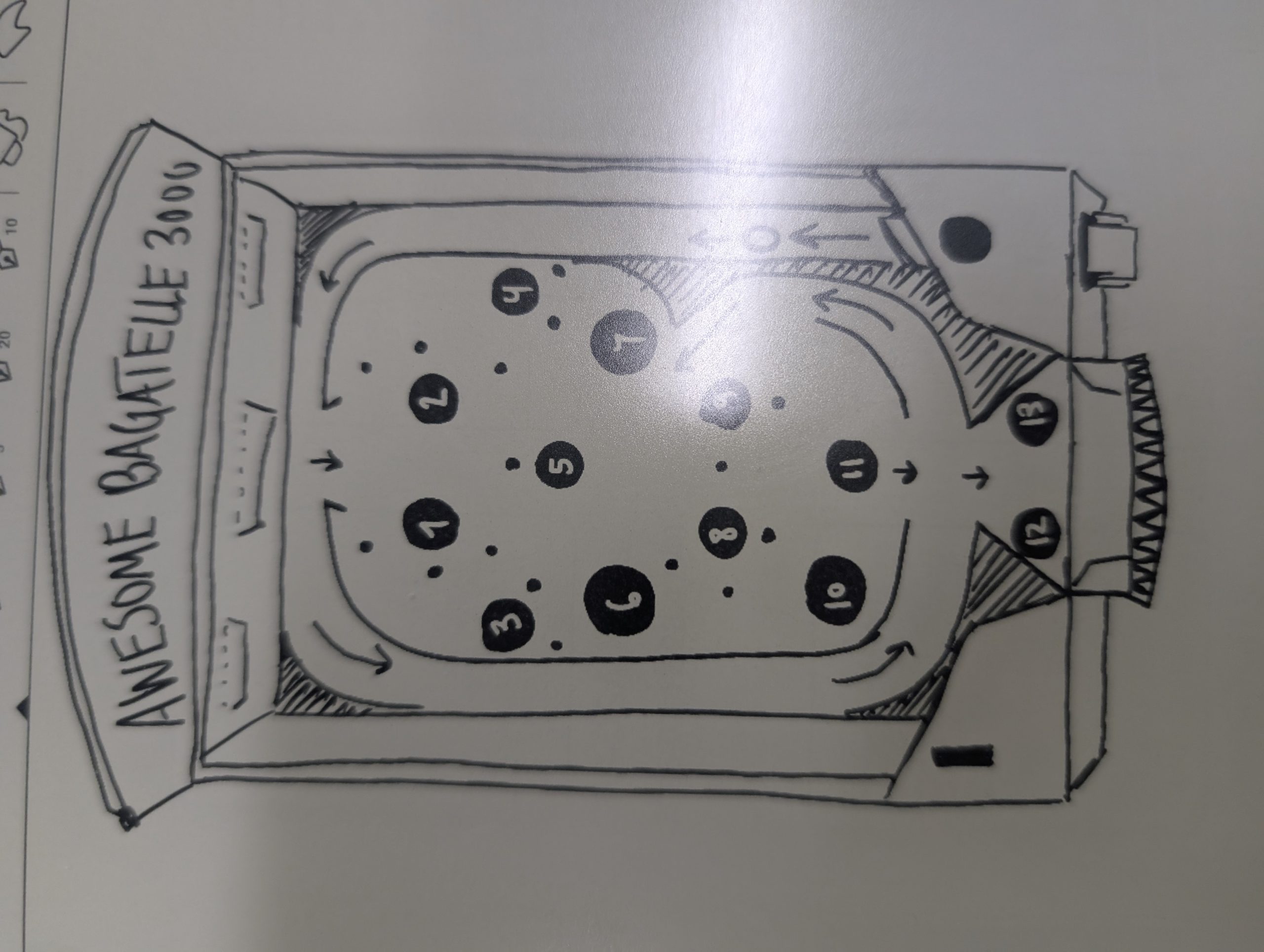Imagine
Questball’s Imagine RIT debut was a hit with many of the kids there, they all loved bringing over their friends and family to face off against them and send marbles flying way too far outside of the board. Flippers were smashed to bits, but in a good way, as the kids loved flinging the marbles onto the other players’ boards. I think it’s safe to say that Imagine proved that our idea was in fact fun, for the kids at least, because the level of competition that some kids had with each other was wonderful and exactly what we were aiming for with our Pinbox designs.
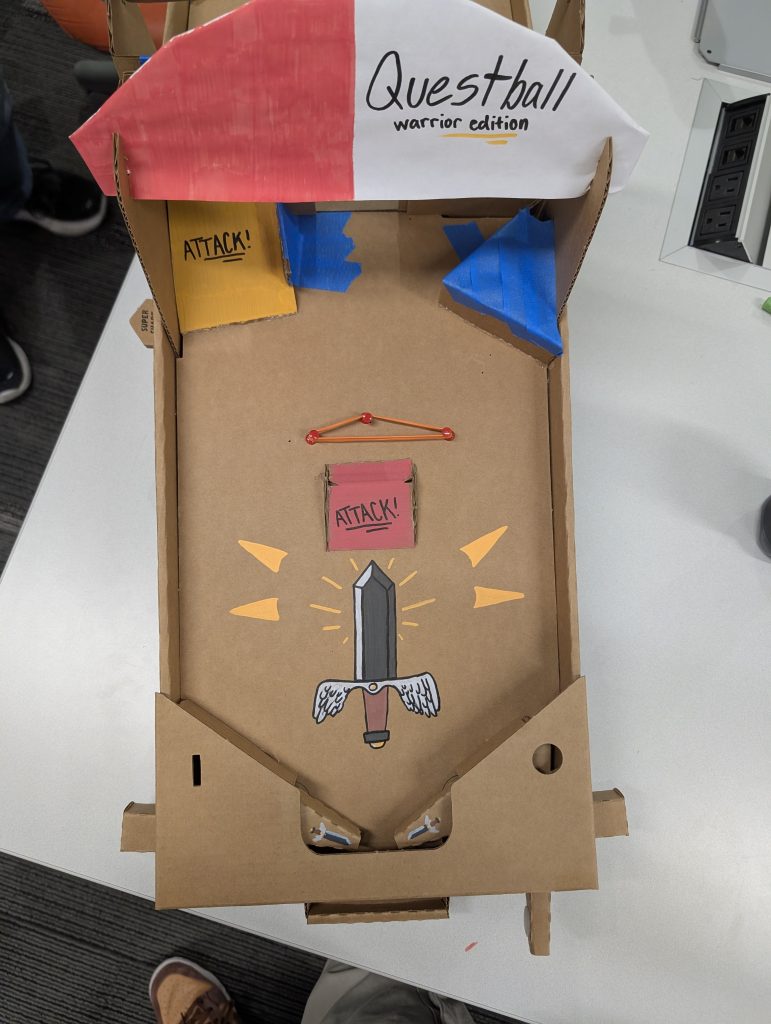
The Strong Museum
The Strong offered a similar perspective, the kids loved the game, and loved to bring over their friends and family to play against them. We got a lot of comments from people that never really thought pinball could work the way that we had made it work, and that made me feel pretty good about the work we put into this project. Lots of people thought the idea that different boards were a different classical fantasy class was very fun and interesting, and gave pinball a cool little spin.
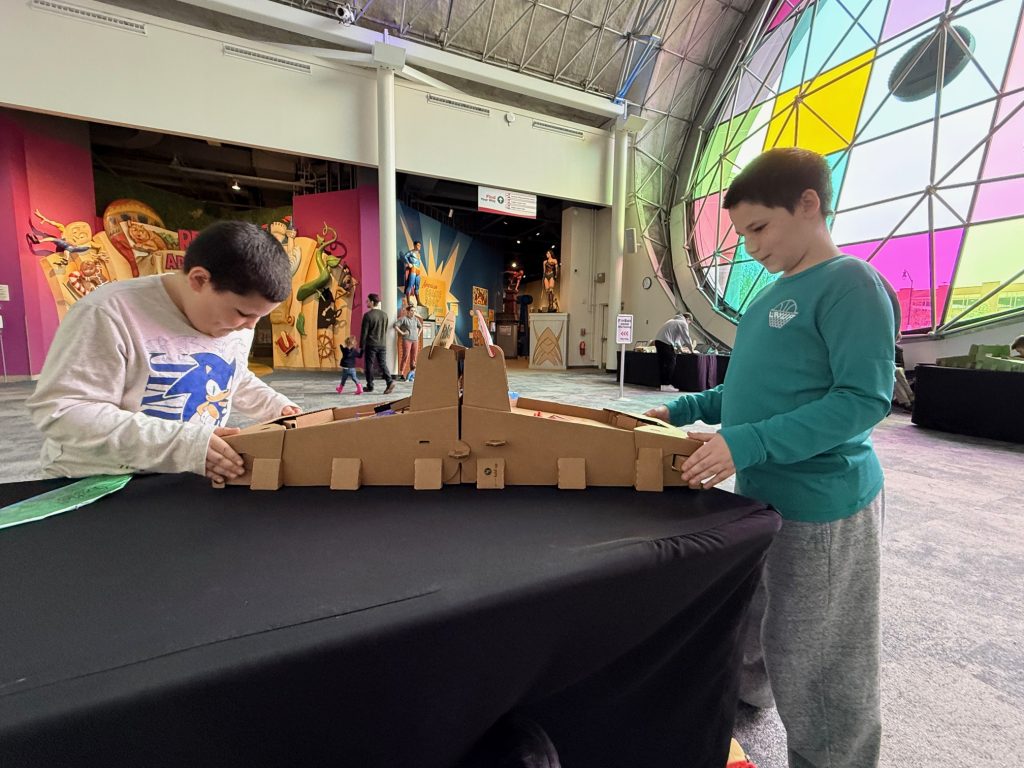
Overall, with the feedback and “playtesting” at both Imagine and the Strong Museum, I think Questball made a great showing. I’m super proud of the product we were able to produce as a team, and I think this Quest was a success… ball.

